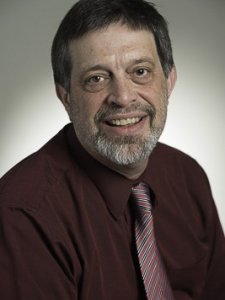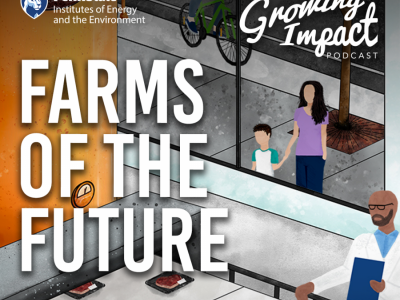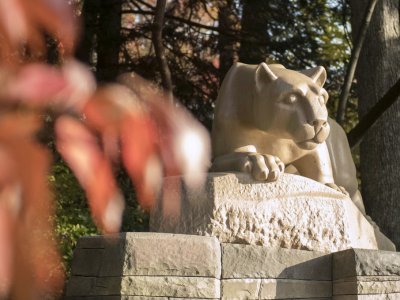
The animal agriculture industry has long been a primary producer of food for Americans. However, food production by means of traditional agriculture accounts for one of the highest contributors to environmental impact and resource usage. In 2021, the USDA formed a new advisory committee on urban food systems including emerging agricultural production practices for cellular agriculture. Cellular agriculture (CellAg) specifically cultured meat presents a promising approach to producing sustainable animal proteins in urban, indoor settings with limited resources.
It has been estimated that cultured meat could reduce land use by 99%, water use by 90%, and energy consumption by 40%, leading to a large reduction in greenhouse gas emissions. In 2017, the National Academies of Sciences, Engineering, and Medicine identified CellAg as an area with high growth potential. In line with the USDA and National Academies, this seed grant envisions generating key preliminary data to address a significant barrier in CellAg: the development of technologies and innovative materials that are “Generally Recognized as Safe” (GRAS) for cell alignment and muscle tissue formation.
This seed grant models our recent NSF IUCRC, ERC, and Future Manufacturing proposals to focus on technical challenges related to scalability, safety and characterization, and sustainability to help drive the industry from idea to commercialization. The IEE seed grant will create a new interdisciplinary research team at the forefront of CellAg as an emerging agricultural production practice for urban food systems. No such initiative currently exists in the United States. Finally, this seed grant will demonstrate that convergent research teams across material science, engineering, biotechnology, and food sciences are necessary to provide solutions for the future of energy and the environment.







